
Plants Care
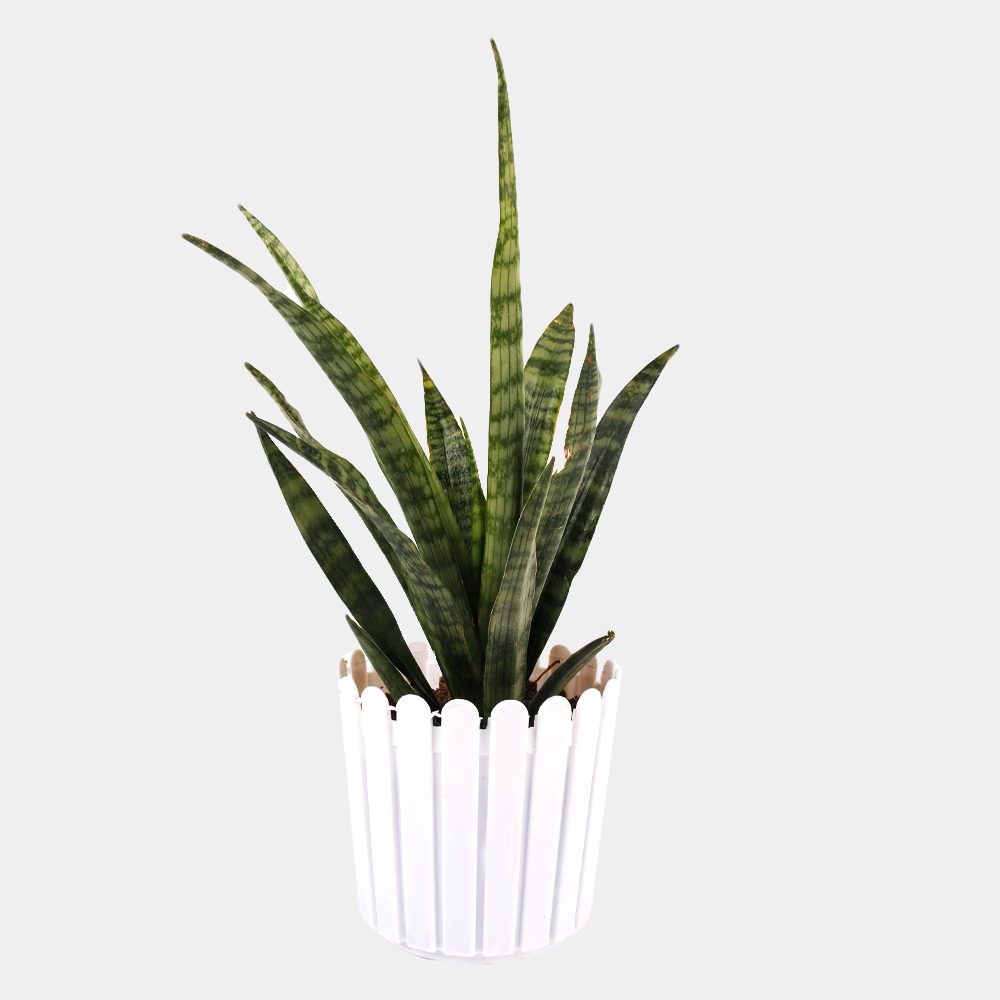
Sansevieria
Water samsevieria only when the soil is completely dry. water until liquid flows through the drainage hole at the bottom of the pot and discard any water that has accumulated in the saucer. It prefer dry environment, sansevieria is showing up a lot these days in outdoor container because sansevieria likes all types of lights (from high to medium to low light) you can plant it on ur porch in the shade or out by the pool in full sun. A premium plant food such as pennington ultra green all purpose plant food. 10-10-10 fed once each spring gives your sansevieria the primary, secondary and micro nutrients it needs then it keeps gently feeding for upto 4 months
Coroton
Watering a coroton plant depends on the situation. It can be daily or weekly because you should never let the soil dry for extended period. It develop there best color when grown in bright light. It will tolerate medium light. Indoor, but won’t grow much and foliage may revert to plain green. Coroton requires a fertile, humus rich environment apply liquid fertiliser every 2-3 weeks
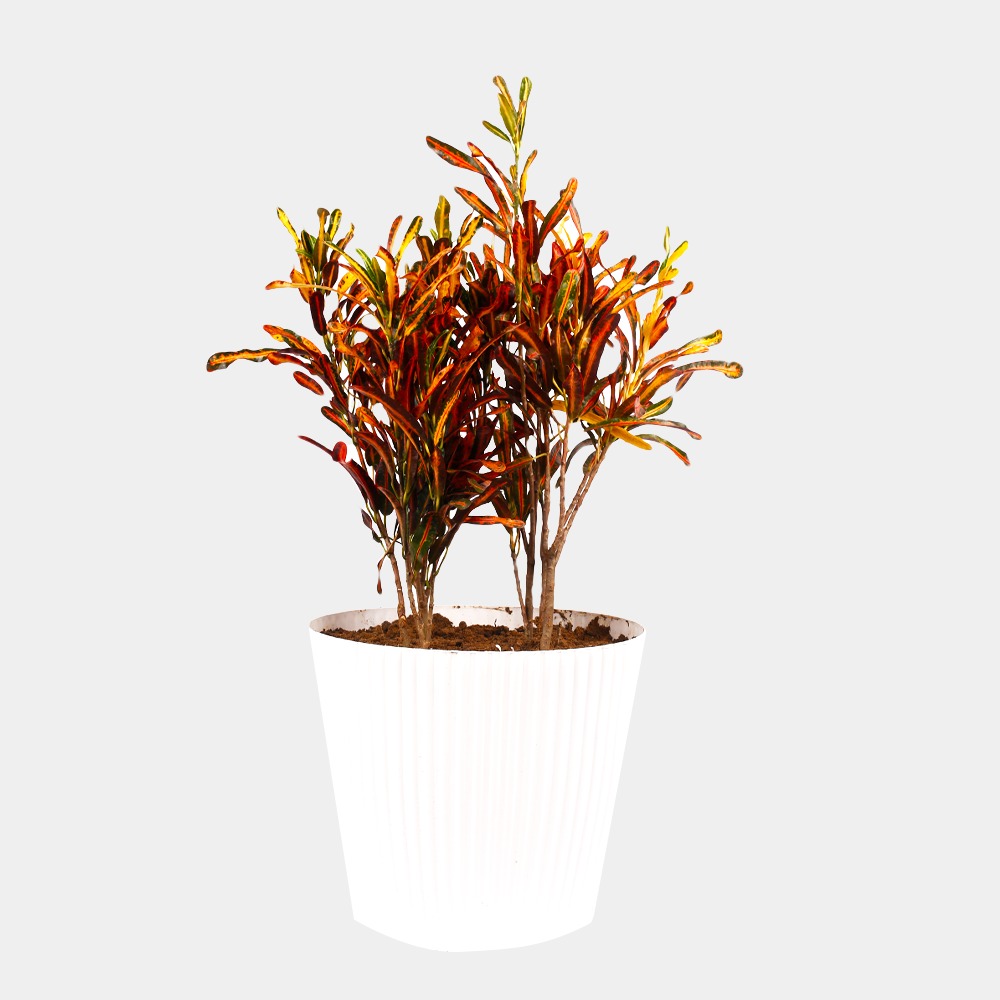
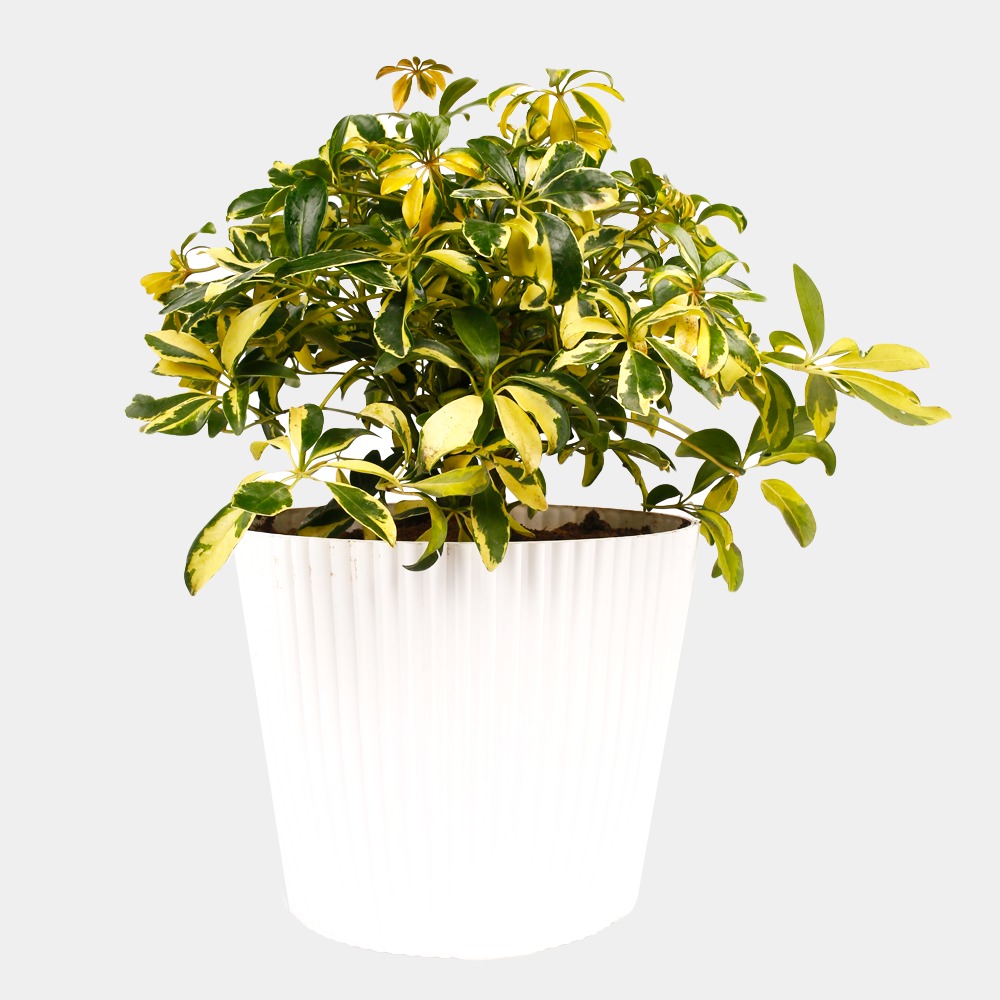
Schafflera
Water weekly during the growing season and spray the leaf frequently. You can wait until the soil in a water completely dries out and then throughly soak the soil when you water. It prefer medium light, meaning they should be kept in bright light but the light should not be direct. It should be fertilised in the spring. After repotting, wait approximately 8 weeks to begin fertilise
Money tree
The best way to keep money tree happy, give it a watering every 1-2 weeks. Allowing soil to dry in between. Money tree needs daily light, but direct sunlight will scorch its leaves. Your money tree is most comfortable in temperature between 18-26 degrees celcius. Feed once a month in spring and summer. when it is producing new leaves with water soluble well balanced plant food.
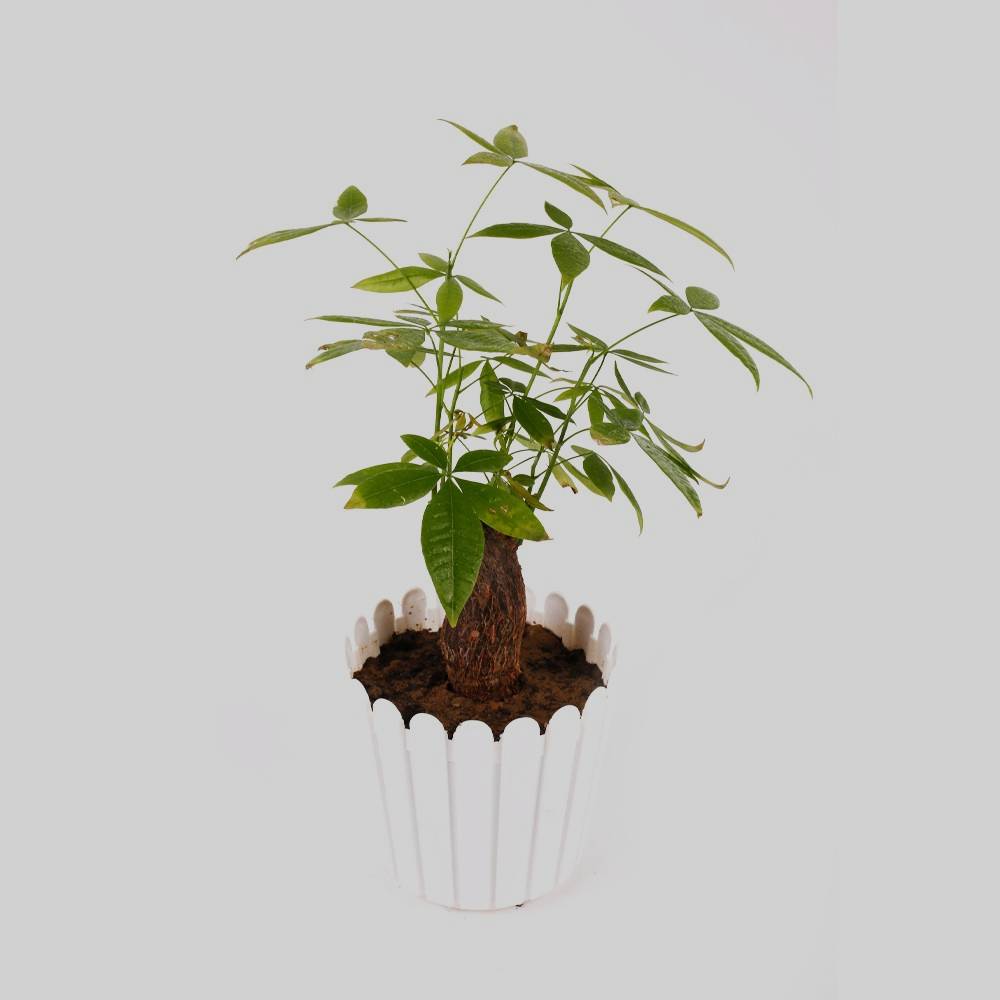
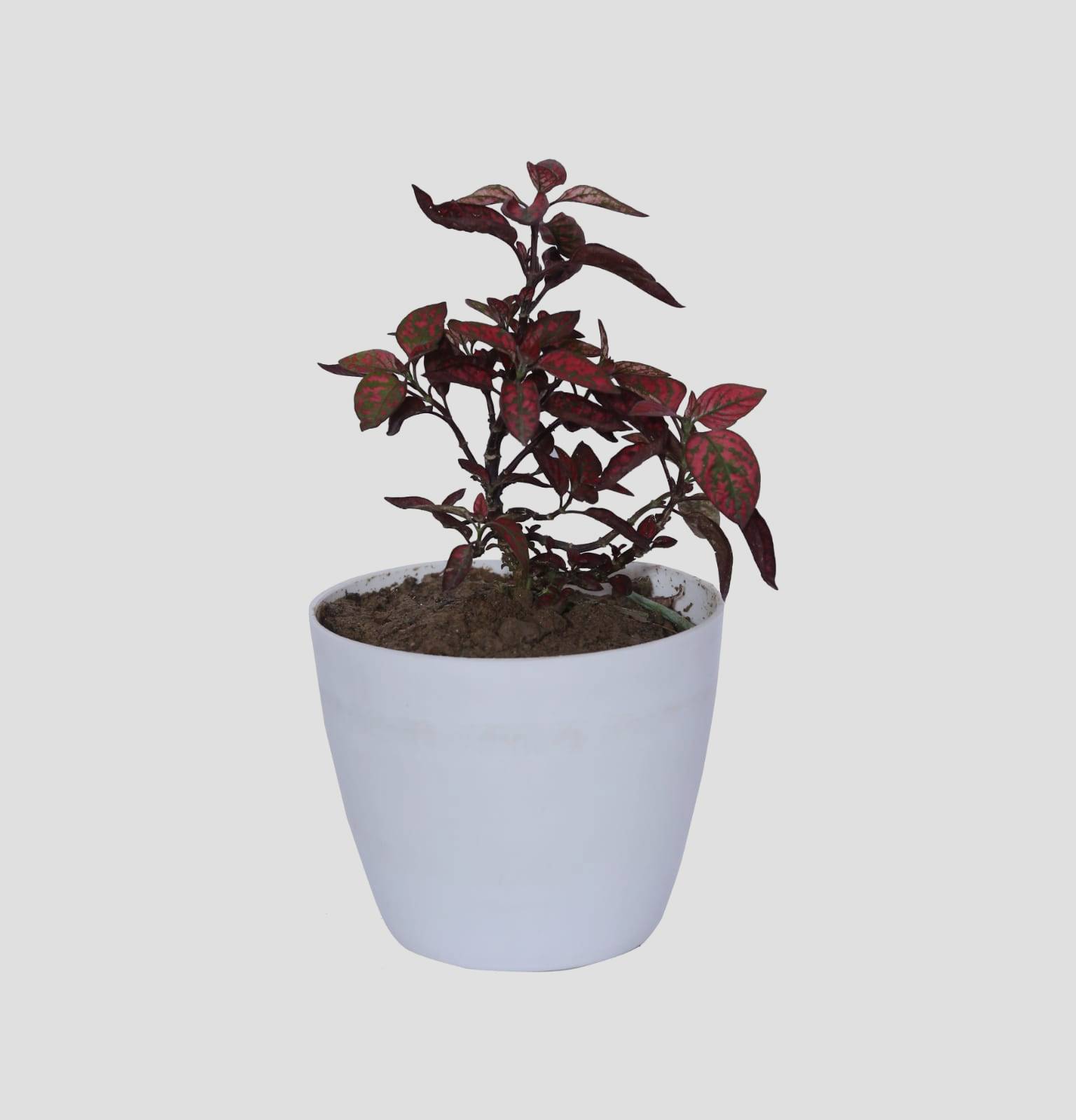
Fittonia
In a right sized container with a good soil and high humidity, the fittonia should able to go 4-7 days between watering. Water when the soil surface begins to dry, but do not wait for it to become crusty. Fittonia prefers bright indirect sunlight, lower light can cause it to lose some of its vibrant color and growth will slow. Fittonia can be fertilised a few months after repotting with balanced water soluble fertiliser. Apply the fertiliser solution between watering.
Agloenema
Agloenema retains water for the plant in drought. If too much of water in the soil and the stalks are also full of water can cause the plant to rot. Water the plant every 1-2 weeks with some variation depending on environmental variation. It is best at indirect sunlight as direct sunlight cause scorch its leaves. It doesn’t require much food, so use completely liquid fertiliser or sea weed emulsion or slow release fertiliser once or twice in spring and summer.
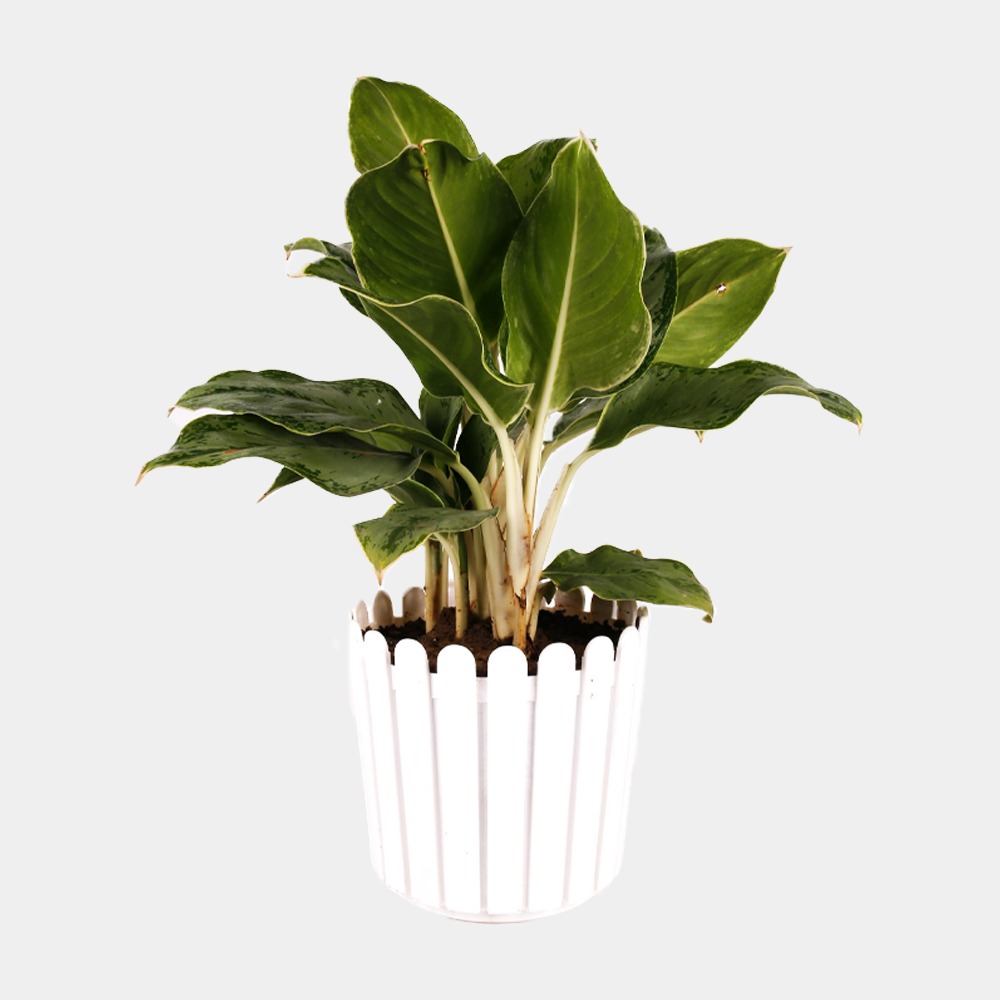
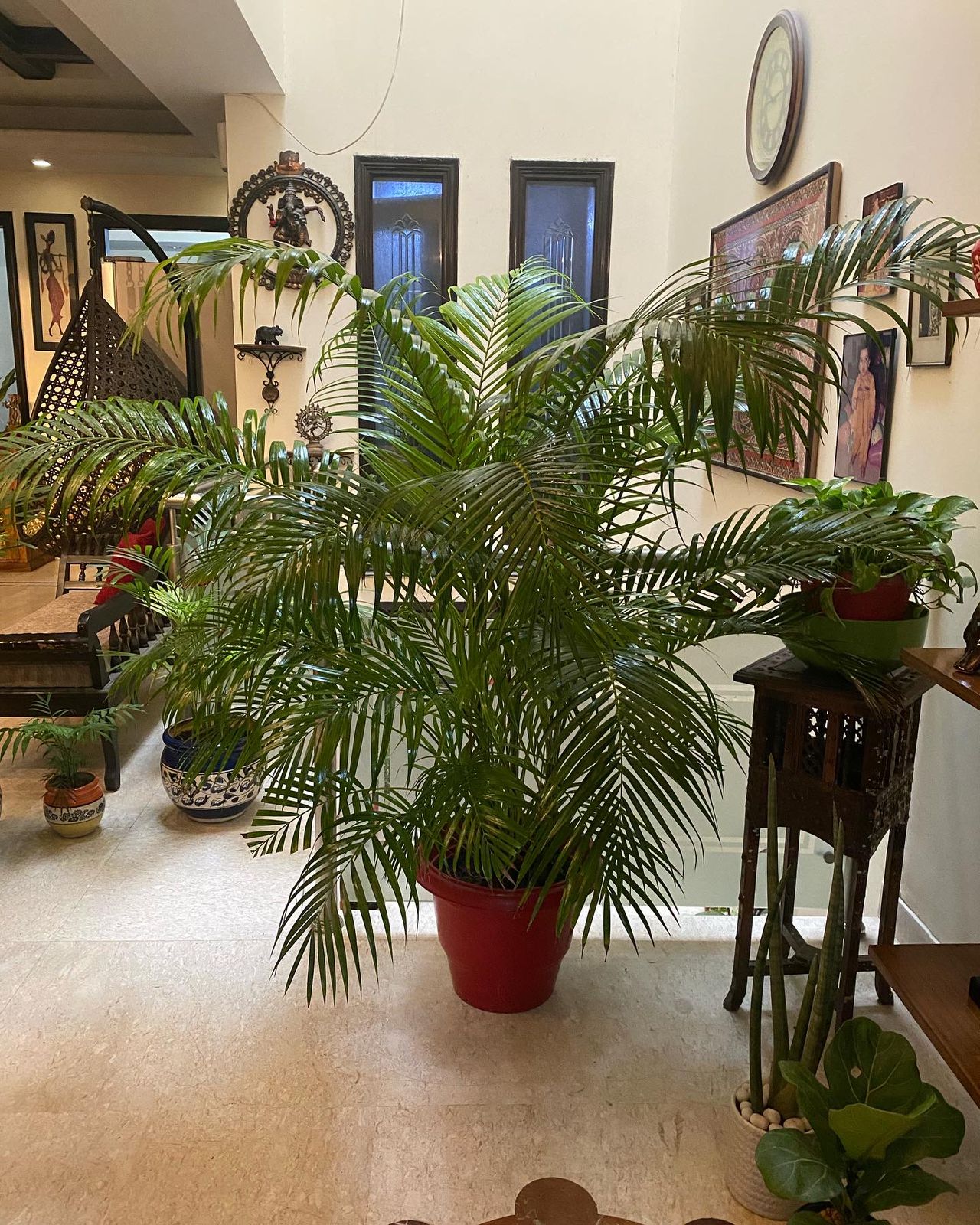
Areca palm
Water regularly by watering the soil mix dry in the surface before watering again, watering must be regular but limited, water every 2-3 days is often needed. These plants like bright filtered sunlight but also can tolerate full sunlight. It do best with bright light exposure. Every spring you should feed your areca palm a time release fertiliser pallet. It ensures that it is receiving the proper nutrients that it needs to grow faster during spring and summer months of the year.
Ficus bonsai
In summer twice a day and in winter once a week a ball shower for watering indoor bonsai works well. It grows well in either direct or indirect sunlight we prefer to grow ficus in shady area out of hot afternoon sun. Fertilise your ficus bonsai once every 2 weeks during the growing season. Spring until fall we recommend using an organic liquid fertiliser as a fish emulsion or an organic sea weed fertiliser
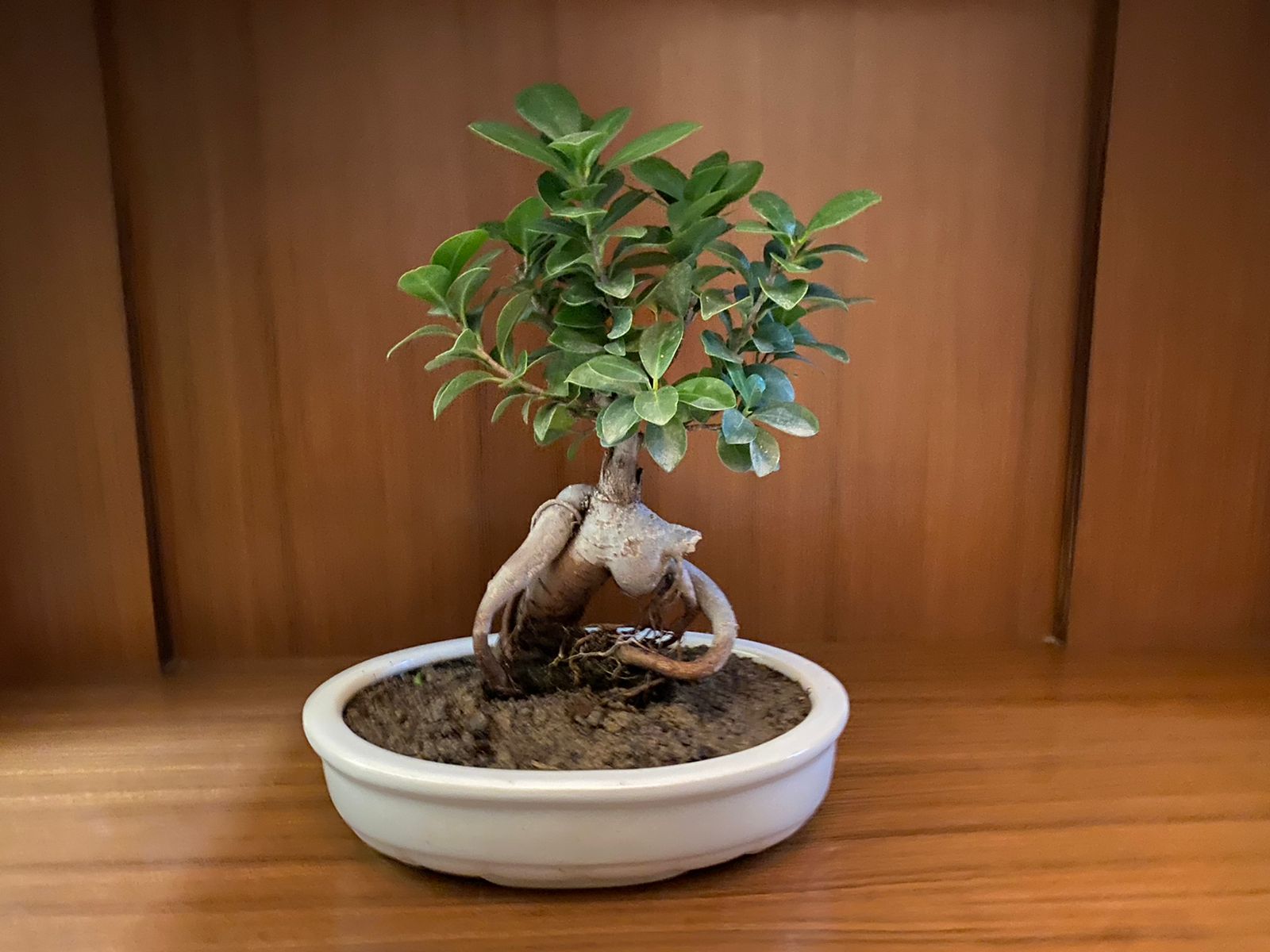
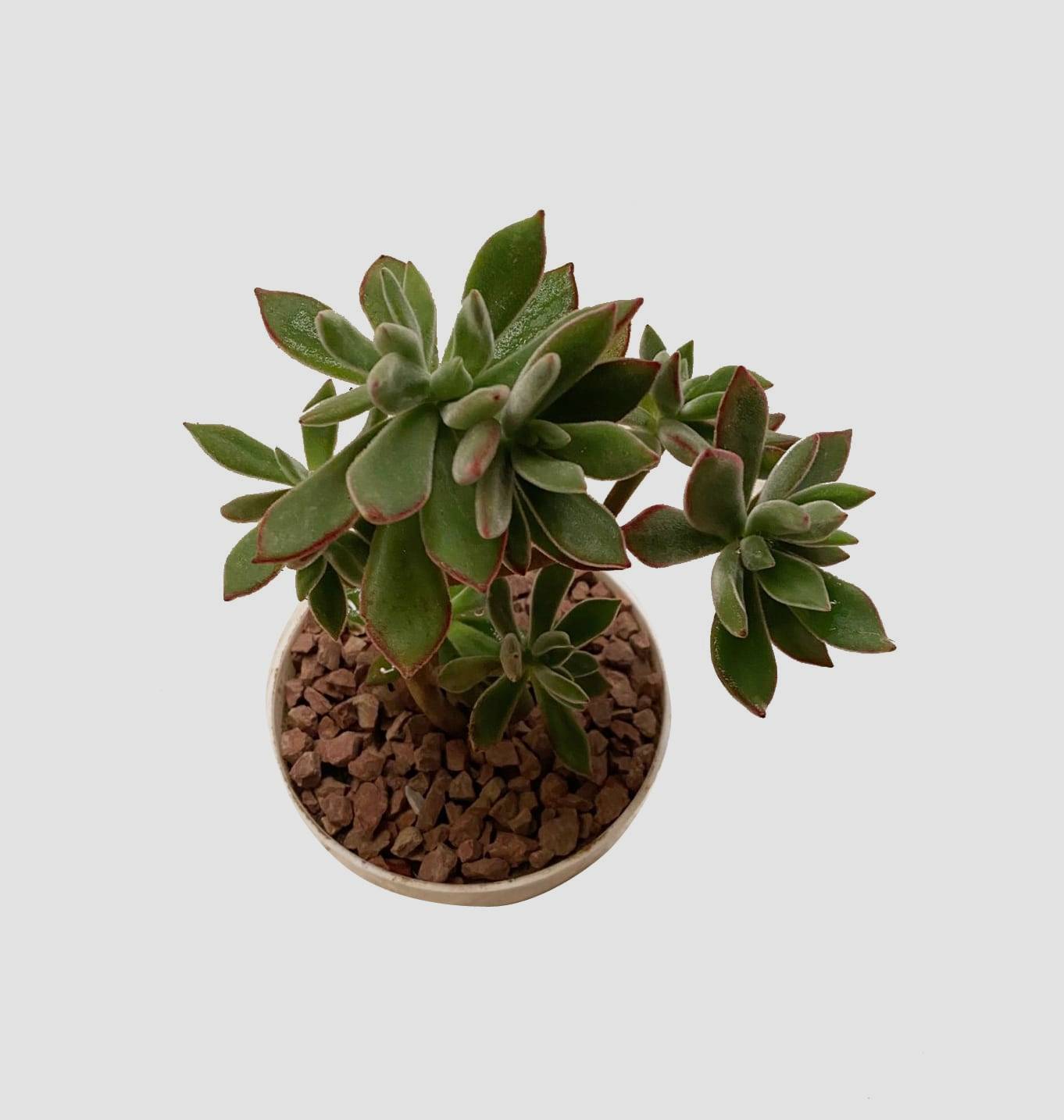
Succulents
It needs to be watered regularly during spring and summer because they require more water to thrive during this season. If you are not sure of when to water them you can dip a finger into the soil and see if the top is dry before watering, be sure not to over water them. Direct sunlight is important to your succulent just like air is important to human. If your succulent sitting at the same place everyday, its time to rotate it because once side is not getting enough light. It does not require lot of fertiliser. In summer and spring give them little spread of fertiliser and be careful not to add to much as this can fasten the growth and weaken them.
Cactus
Always makes sure the soil is very dry all the way through between watering. A 1/4th or half cup every week or two, is enough for your cactus to thrive depending on the season. Cactus thrive with good light source and it is best to place cactus in a bright place. Make sure not to put them in direct sunlight because the intense light makes the plant turn yellow color. Cactus don’t need a specific blend to grow. They grow healthy and happy when fed with a highly diluted all purpose fertiliser. Water soluble fertiliser is best suited for the job.
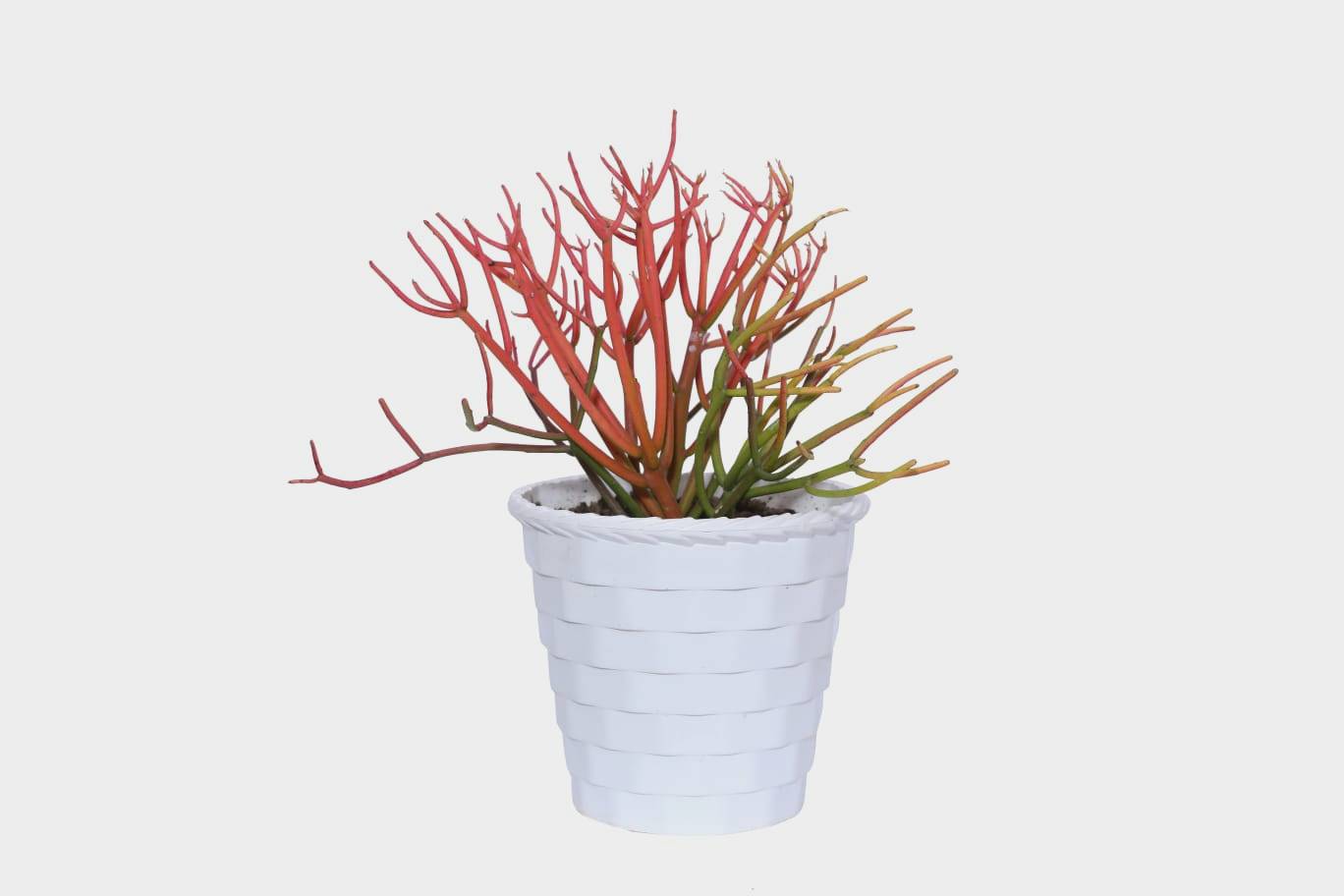
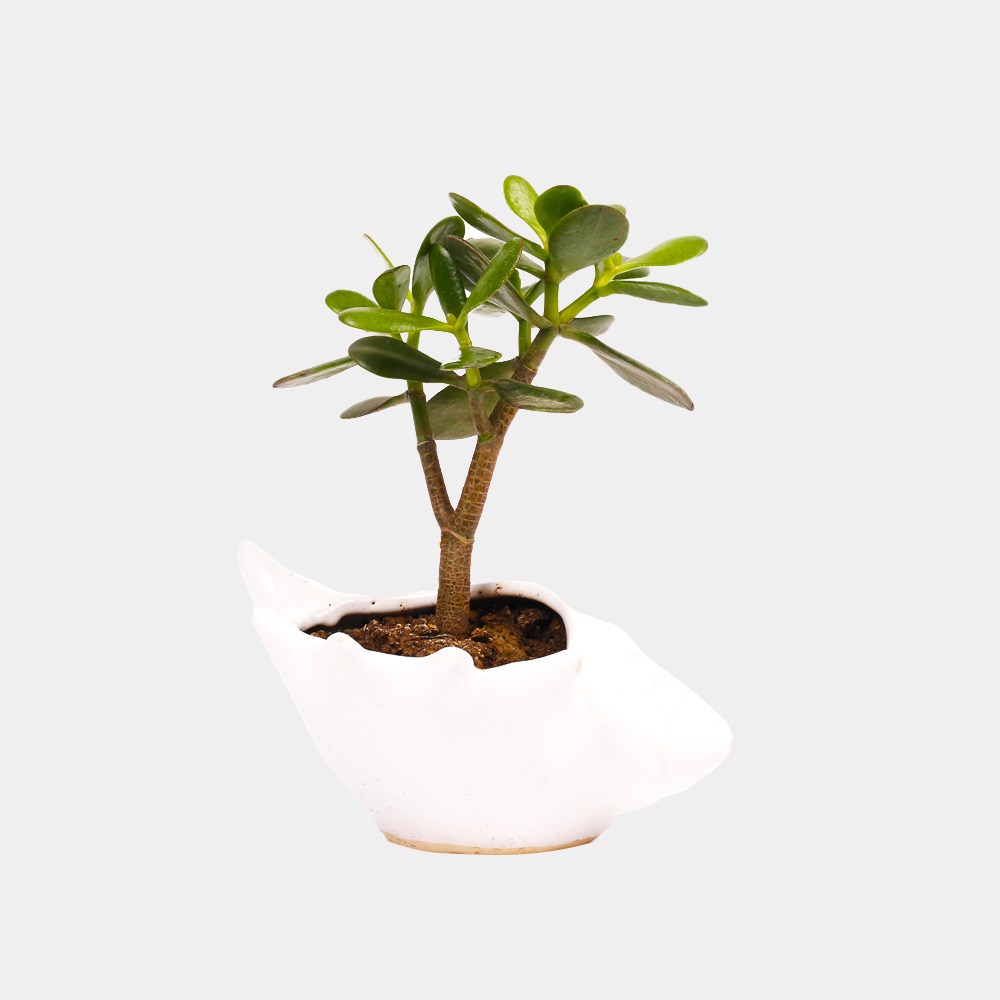
Crassula
To avoid over watering soak the plant allow it to drink completely, then wait for the soil to dry out before watering again. Crassula begins actively growing in the spring, so watch for a slight increase in water needs. They need full sun to grow properly. If they do not have full sun, they may become stunted and leggy. In this case use high nitrogen soluble plant food such as 10-20-10 formula. Organic fertiliser, such as fish emulsion also provide the proper nitrogen for a crassula to thrive.
Syngonium
The syngonium prefer warm temperature and high humidity. Give your plant regularly misting to keep it happy. It thrives in medium to high light level but not direct sunlight, make sure to keep them from the direct sunlight. For healthy and steady growth of your plant, use sea weed granules, liquid sea weed extract, egg shell powder. Apply 1 teaspoon egg shell powder once in every 30 days.
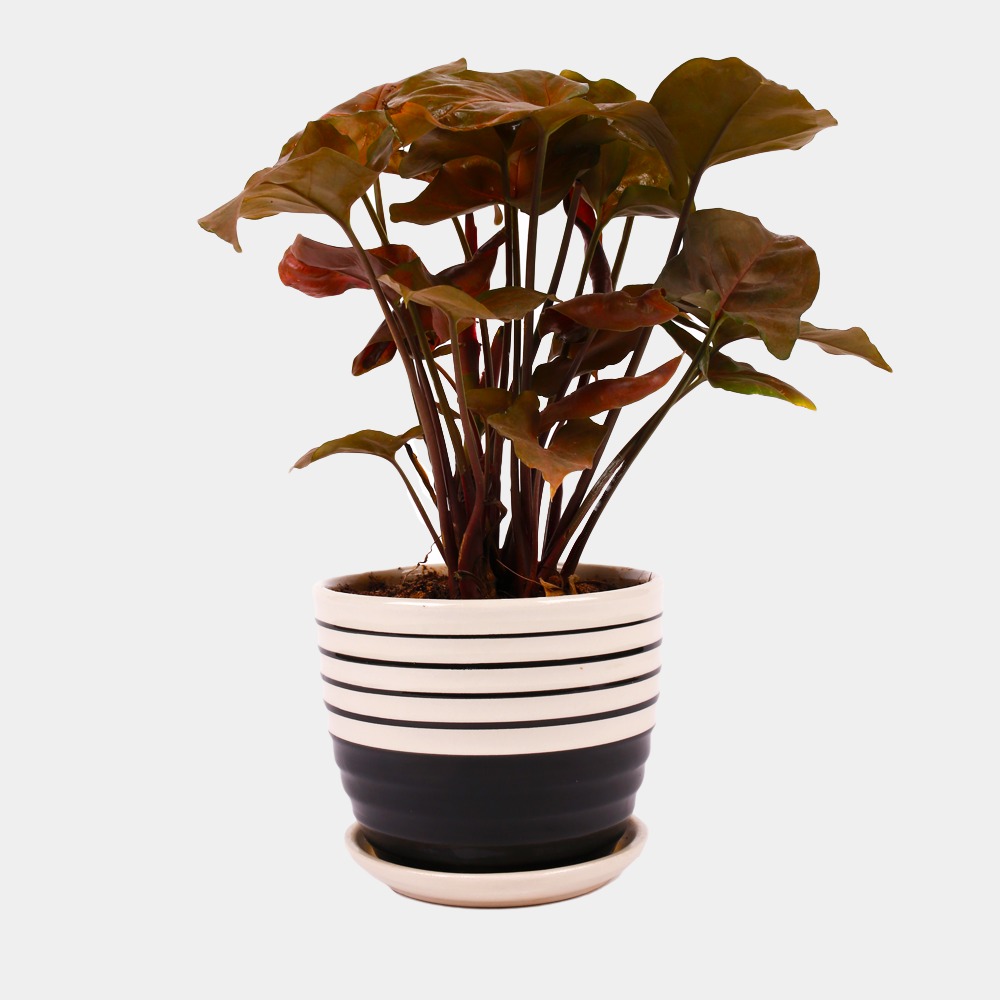
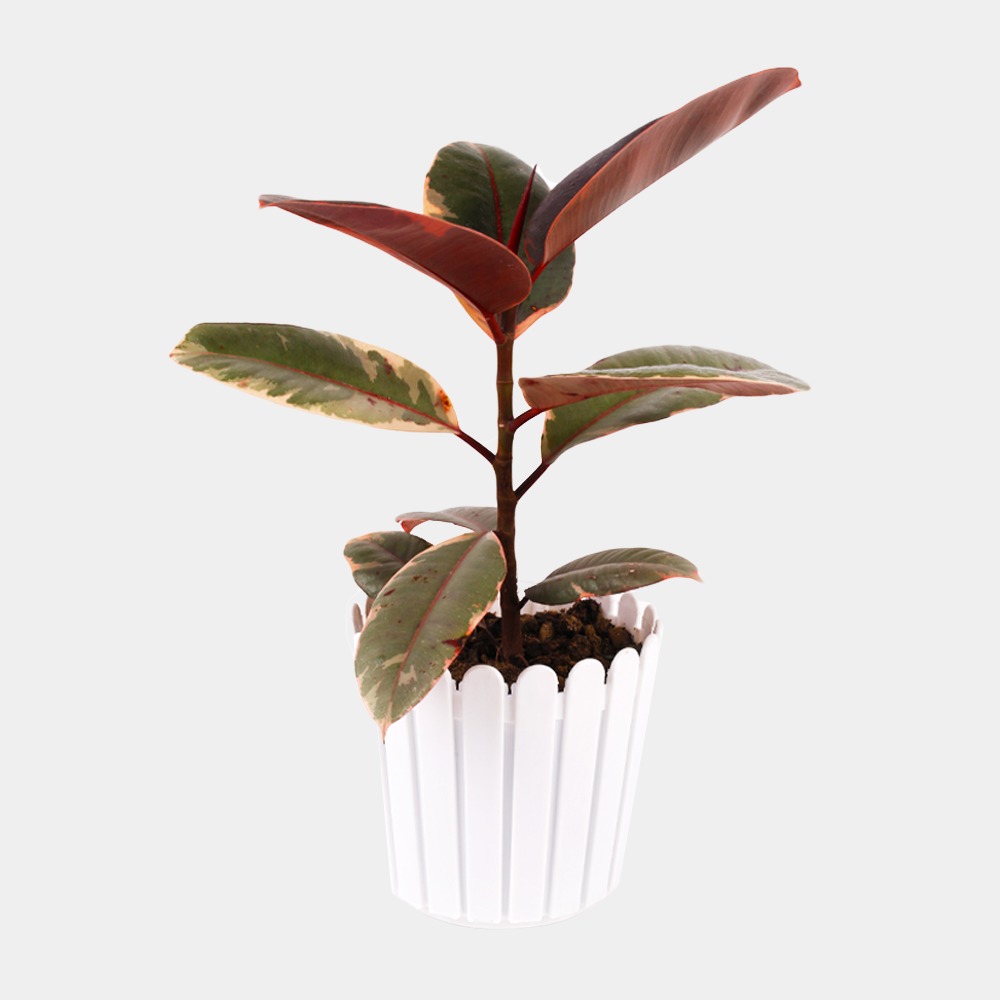
Rubber plant
The rubber plant also needs right balance of water. During the growing season it needs to be kept moist and watered at least once a week. Bright indirect sunlight is ideal for growing the rubber plant, however they are usually tolerant of lower light space for ficus. Fertiliser the rubber plant with a 10-10-10 nitrogen, phosphorus, potassium slow release granular fertiliser beginning in the spring after active growth begins.
Zz plant
Zz’s likes to dry out completely between watering. They have a extremely efficient water retention mechanism, so you should not water this plant until its soil has become dry throughout the pot. Zz plant grows best in lot of indirect sunlight and thrives under the fluorescent lights of offices and commercial buildings. The Zz plant usually doesn’t need any special type of potting soil, any well drained potting soil will do. Apply a balaced liquid house plant fertiliser once a month.
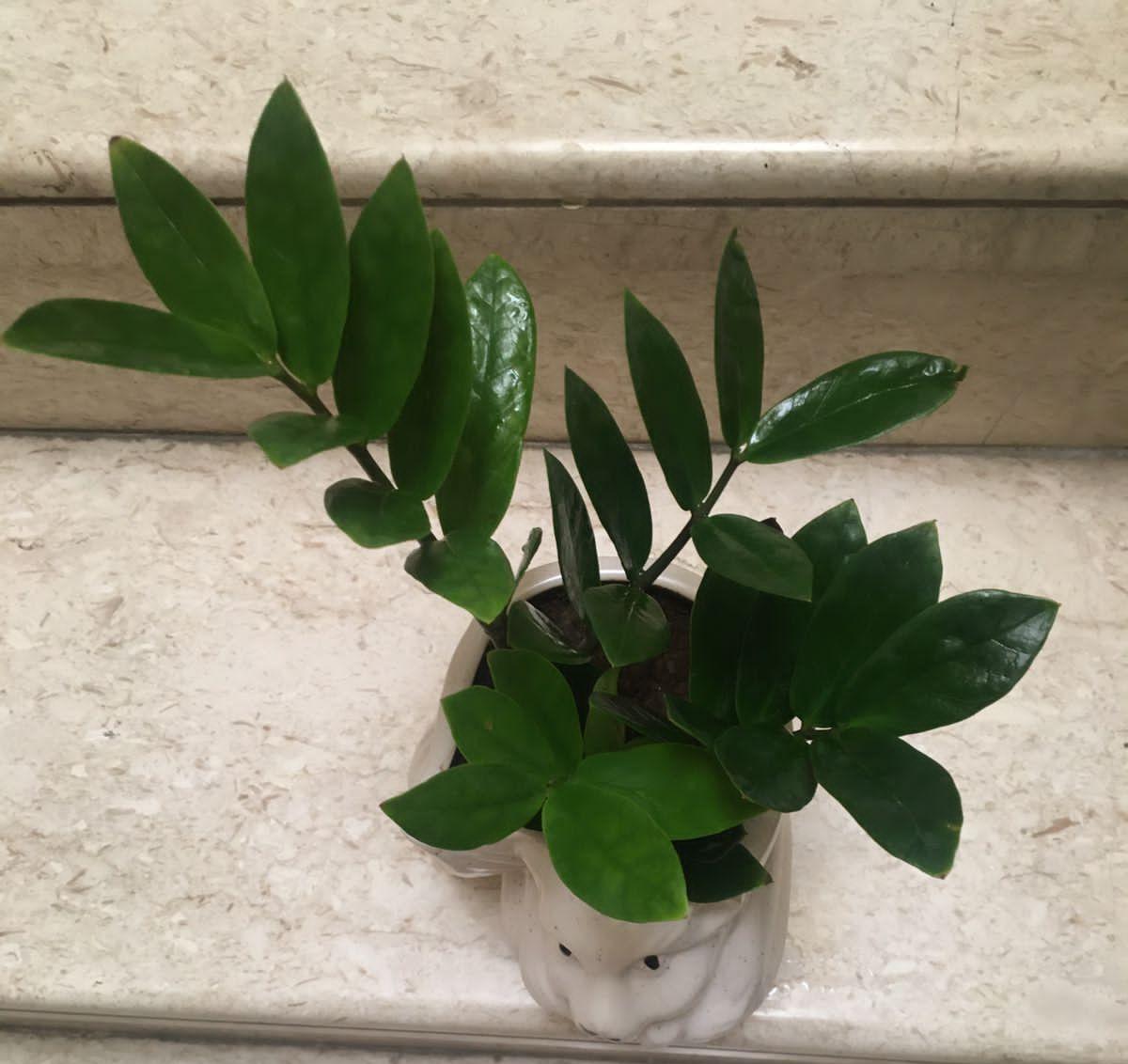
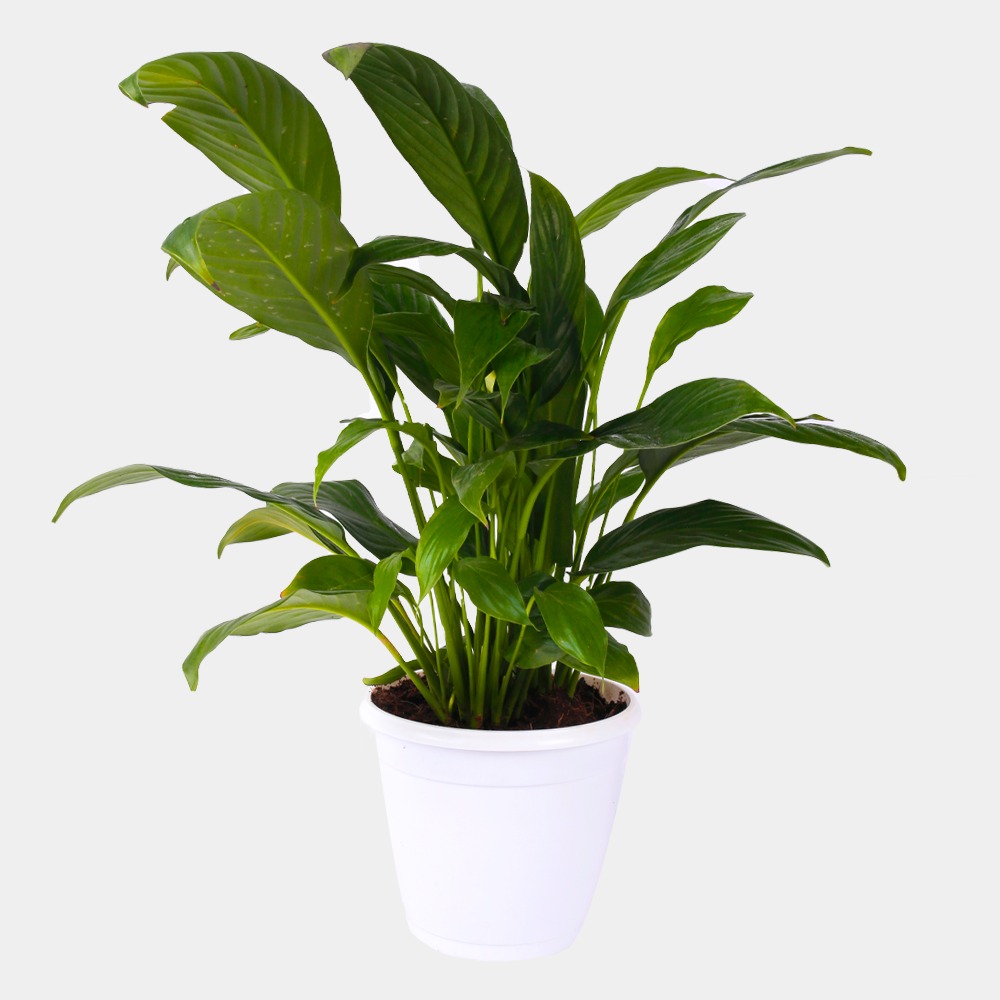
Peace lily
Peace lily needs constantly moist soil, but definitely not like to sit in standing water. When top inch soil is dry, water the plant until the overflow starts to come out of the bottom of the container. Wait until it stops draining, then set the pot back in its saucer. It can live in low to bright indirect sunlight. prolong exposure to bright direct sunlight may burn and scorch their leaves and dry out there flower. Feed the peace lily plant annually with a quality control release fertiliser.
Cordyline
Make sure the plant has evenly moist soil and partial shade to full sun. Provide it with approximately 1 inch of water every week that it doesn’t rain as the plant grows naturally in the areas with high rainfall. Water the plant with soaker to keep the foliage dry. It needs bright light but avoid direct sunlight. Also green cordyline do best in direct sunlight while those with other colors leaves may prefer bright indirect or filtered sunlight. Fertilise the plant every other month, using a balanced granular fertiliser. Apply approx 2 ounce of fertiliser per plant. Always apply fertiliser to damp soil and then water immediately after fertilising
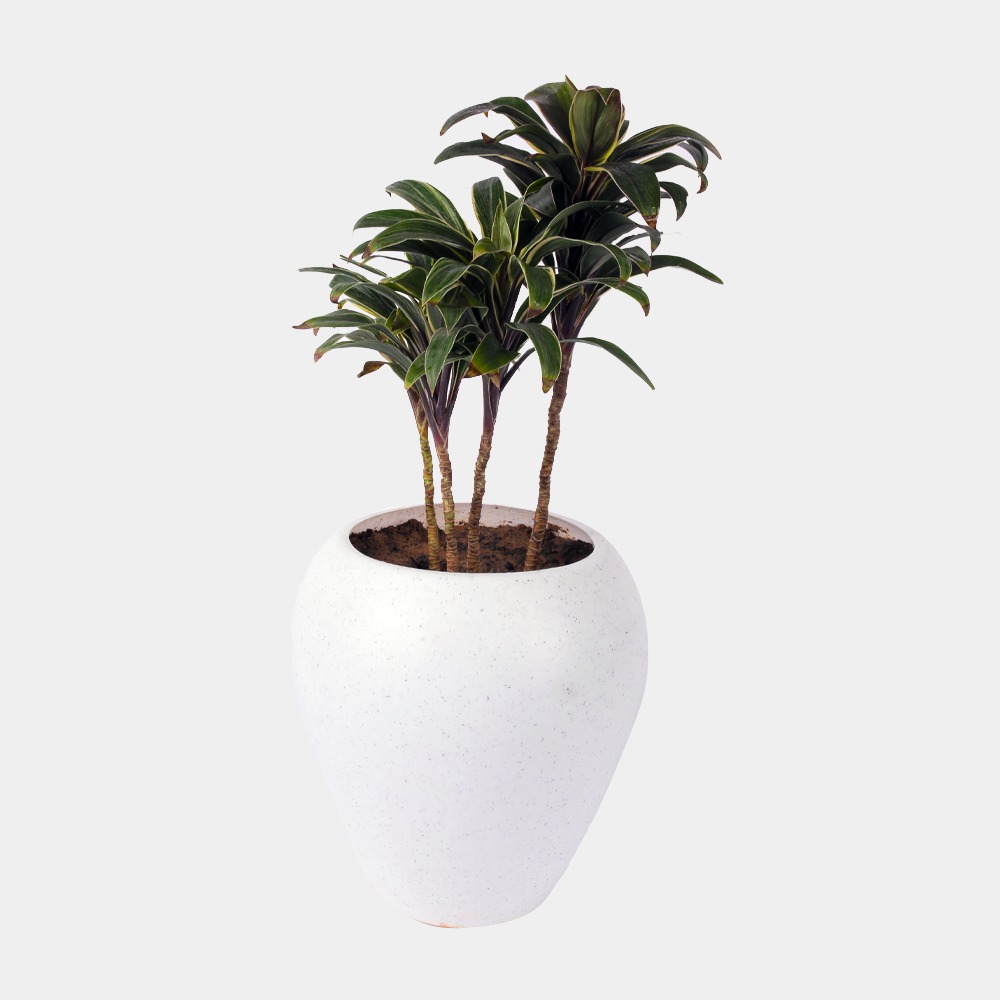
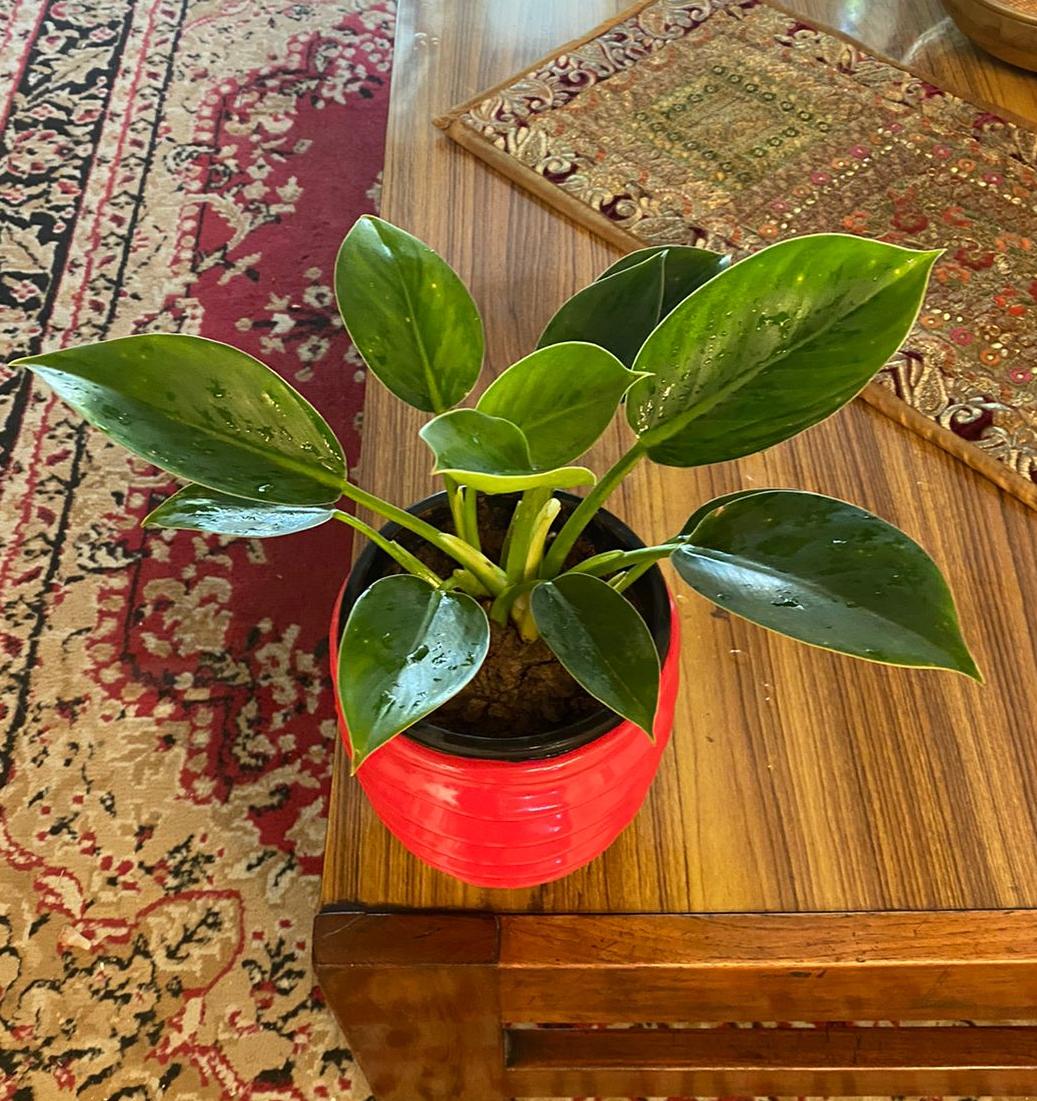
Philodendron
Both over watering and under watering can cause leaves to drop, so gauge when its time to water by the soil dryness and necessarily the leaves. They typically grow best in partial sunlight. Low lights can result in leggy growth and too much light can cause leaves to turn yellow at the same time. Use liquid fertiliser on a monthly basis on your plant in spring and summer. If your plant isn’t getting enough food its growth will be slower then normal and its leaves might appear smaller then usual.
